When talking about organic substances in gardening, it’s important to first differentiate between organic gardening practices, in which no artificial chemicals are used, and organic as the term for living organisms.
In this article, I’m going to describe the differences between organic and non-organic soil. In this context, organic means materials from living organisms.
Organic soil is often used to describe soil that has no chemical additives, but the USDA does not regulate how soil is labeled. Soil that states it is organic might contain organic materials, but might not be 100% natural.
Depending on the source, non-organic soil can still be used in organic gardening and organic soil may contain chemicals.
If you want to eliminate the use of chemicals in your garden, it’s important to check what is in the soil you are considering to buy. Make sure you buy it from a reputable supplier too.
Organic Soil Overview
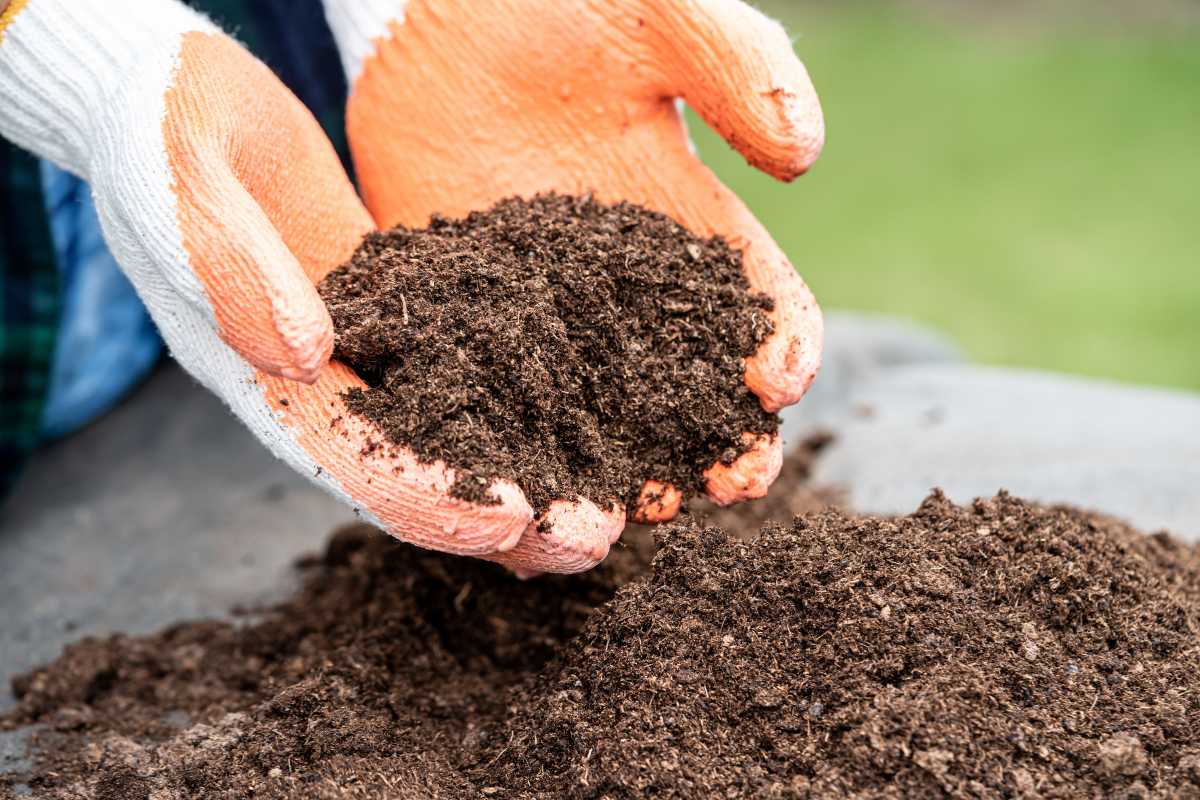
Organic soil is any soil that is made up of a mixture of organic matter. Organic matter is anything that was once alive, i.e. plants and animals. Organisms decompose over time and release their nutrients into the soil.
This soil is very beneficial for gardening as new plants can absorb the nutrients released by the decomposing organic matter. Ingredients that can provide nutrients to make soil rich include:
- Compost
- Mulch
- Manure
- Fish Meal
- Blood Meal
- Bone Meal
- Soybean Meal
- Worm Castings
- Seaweed
- Grass Clippings
- Peat Moss
Gardeners use organic soil to add nutrients and act as a natural fertilizer. It helps retain moisture, aids drainage, and prevents the soil from becoming too compact.
- Related article: Topsoil vs Garden Soil
Most organic soil is made up of plant material. This matter contains 60-90% moisture, but also contains important nutrients. All of these are vital for healthy plant growth and, in the case of growing food, high crop yields.
The dry matter of plants contains carbon, oxygen, hydrogen, phosphorous, sulfur, potassium, nitrogen, magnesium, and calcium.
The pH balance of organic soil is also very important, and can range from 0 (very acidic) to 14 (most alkaline.) A pH balance of 6.0 to 7.5 is best for growing plants (pure water has a pH of 7.0).
To test your garden soil, you can buy a soil testing kit online. Once you know the pH of your existing soil, you can then look for commercially available soil that will complement it.
Compost Cover
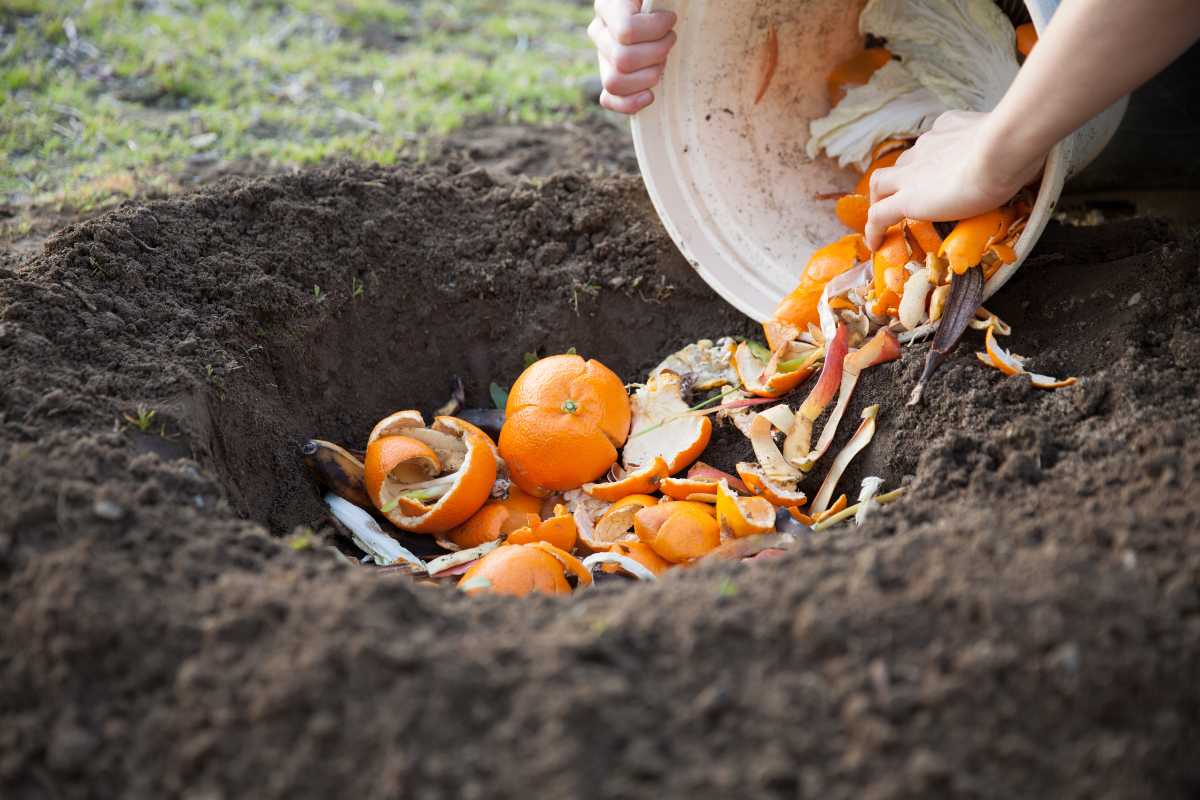
Compost is well rotted organic material. Compost also adds nutrients that come from decomposed organic matter. This can include plant matter, animal manure, eggshells, and vegetable and fruit scraps.
Compost is an important yearly additive to your vegetable plot and can be a valuable amendment in addition to organic soil.
Many people use compost and organic soil as interchangeable terms, but in reality, compost is used to enrich soil, rather than be soil itself.
You can also use it as a mulch cover to put at the base of your established plants.
Mulch Cover
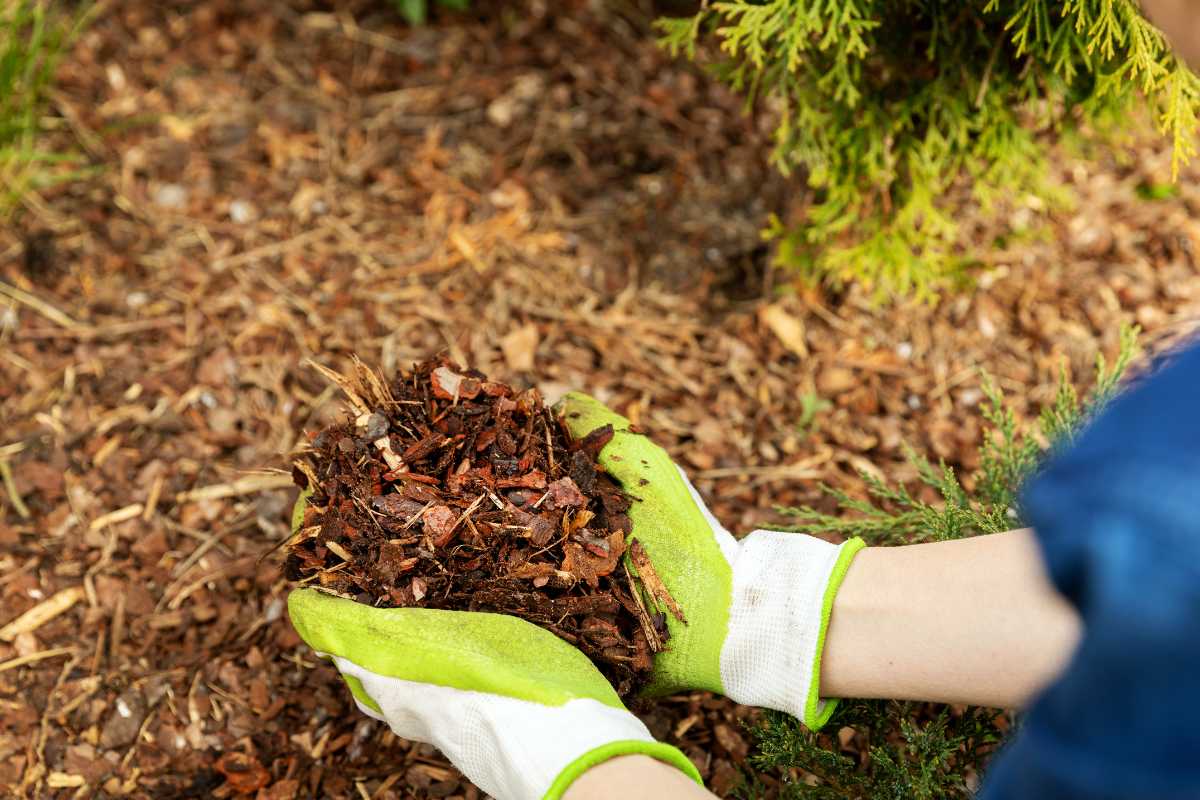
Mulch cover is organic matter that you spread over your soil to retain moisture, suppress weeds, and add nutrients. You can use any rotted matter as mulch, including compost.
Other popular mulch covers include: straw, conifer bark, leaf mold, wood chippings, spent hops, and seaweed.
You can also have living mulch covers that are planted between the crops. These have the added benefit that some of them – like garlic, basil, and marigolds – can be eaten and repel certain pests.
Mulch cover crops can include things like wooly thyme and clover. Plants like comfrey are beneficial to grow and let die back naturally. Then dig the leaves back into the soil.
Comfrey has deep roots that suck nutrients from deep beneath the ground. These nutrients are then stored in its leaves and will pass the nutrients to the topsoil.
Manure Cover
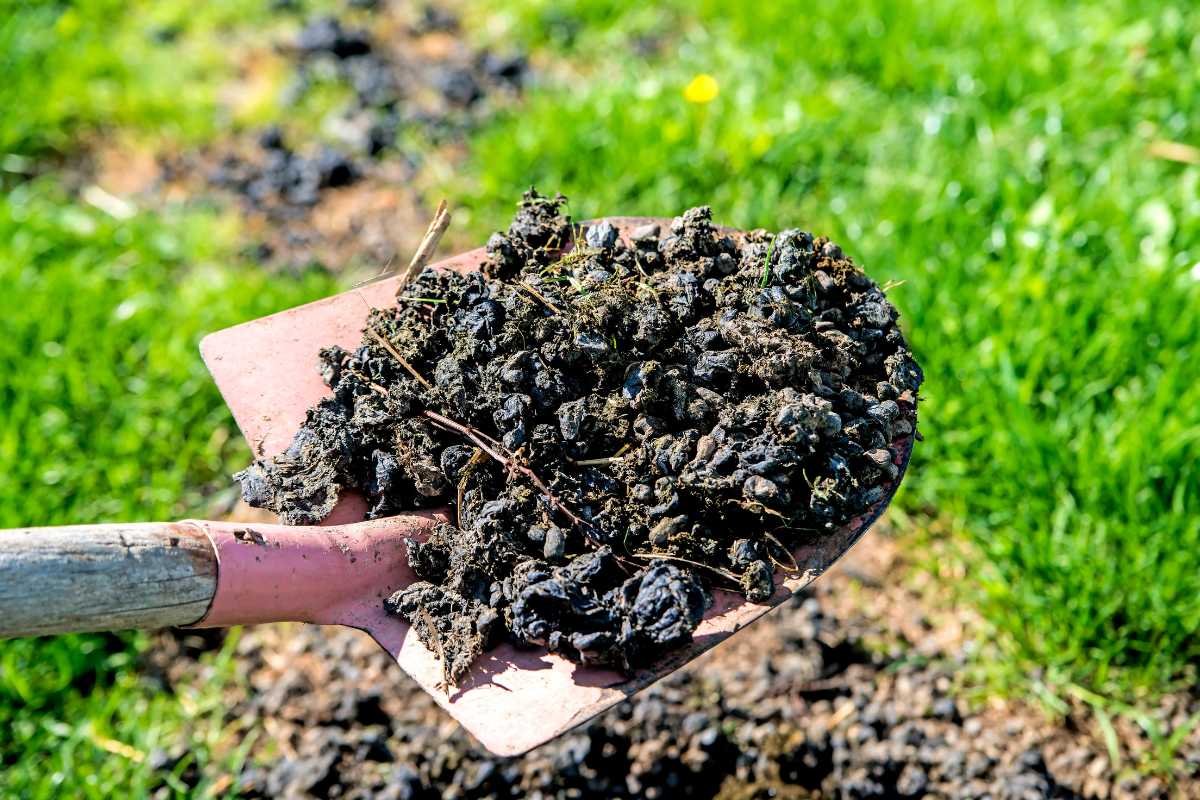
Well rotted horse manure is a great mulch for plants, such as roses and pumpkins that need a lot of feed. Manure can be added to your compost heap to rot and mixed with the compost to be used as a soil amendment or a mulch.
Do not use fresh manure in your garden, as it can spread diseases such as E. coli. Make sure it has been left for at least six months before adding it to any garden beds or dirt.
Green manure may sound like it means fresh manure, but it actually means cover crops. These are fast growing plants that are used as a living mulch, as described in the section above.
Non-Organic Soil Overview
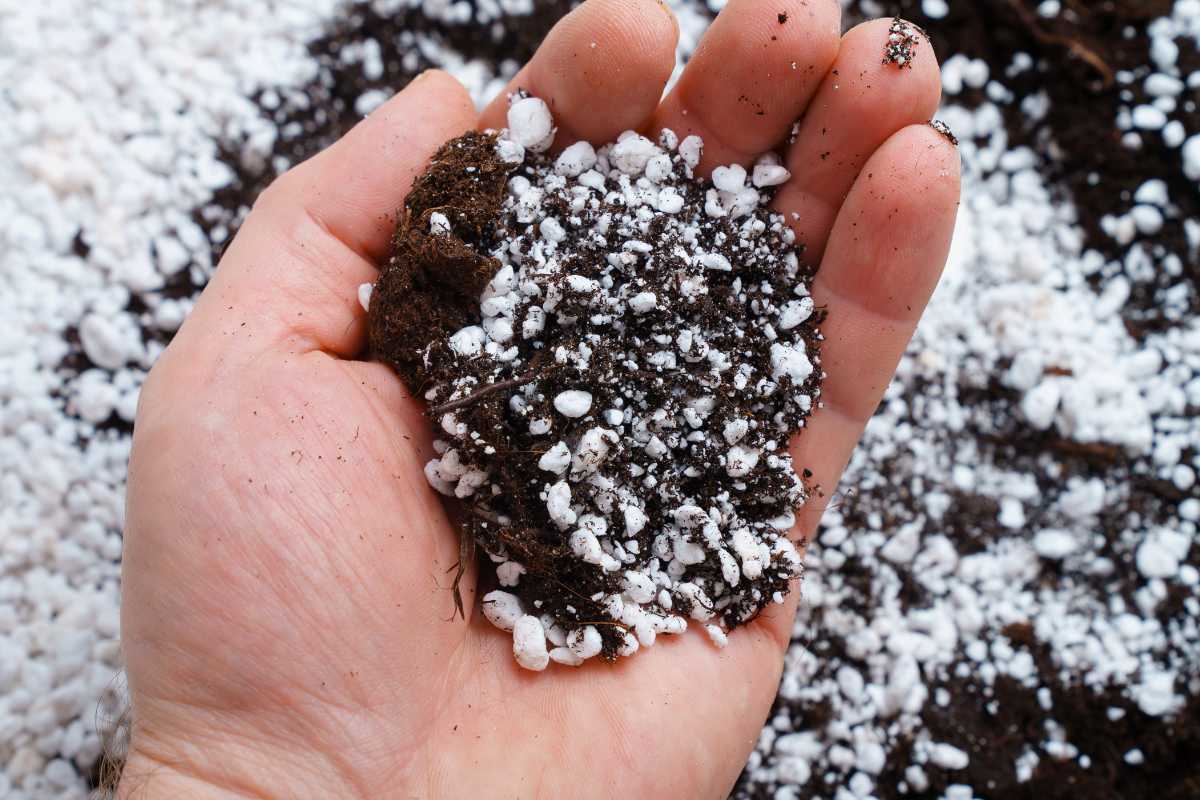
Non-organic soil is anything used for planting that doesn’t contain organic materials. While some of these may not be natural, like polystyrene balls, many of them are natural and can be used in organic gardening.
Non-organic soil is best used when you want to add drainage, moisture retention and aeration, but they don’t add nutrients to your soil.
Nutrient solutions often come from organic soil products. Because of this, many gardeners prefer to use organic soil to help with nutrient deficient soil.
Let’s talk about different types of ingredients you can add to non-organic soil mixes.
Perlite
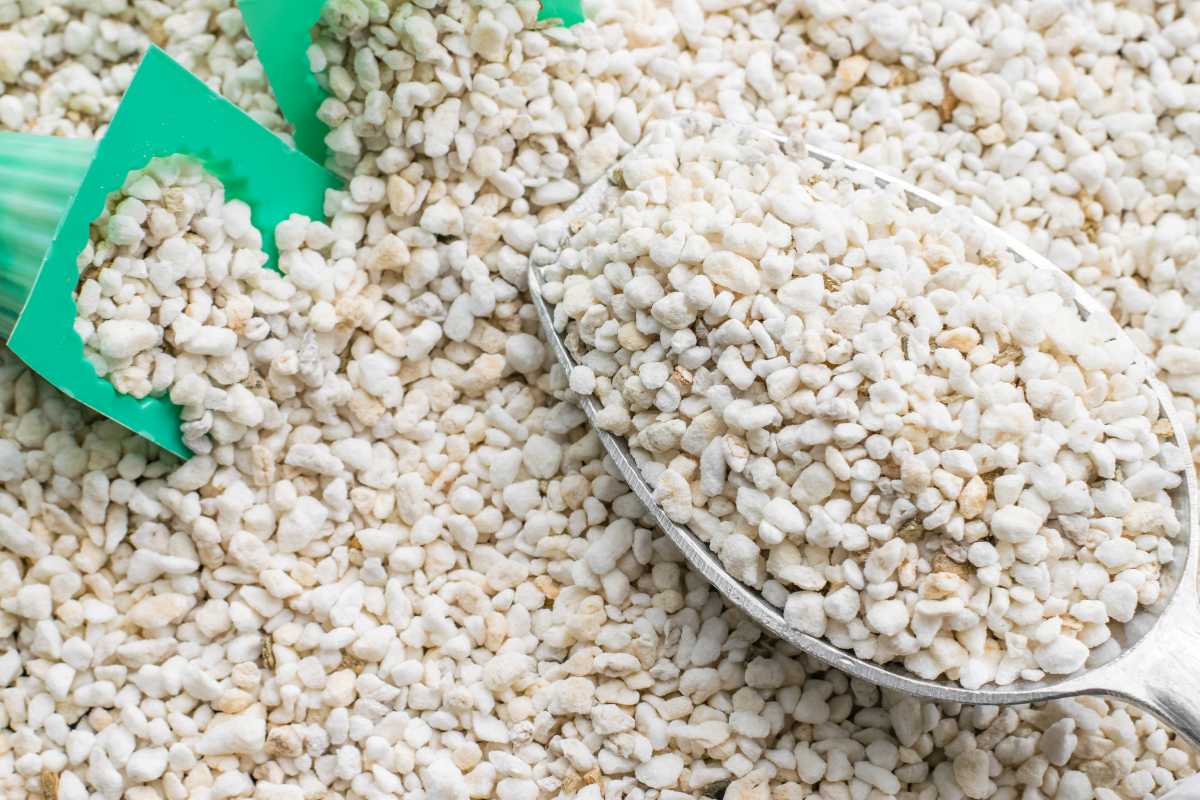
Perlite is a volcanic glass that is heated to 1,600°F which causes it to expand. That allows it to create pockets on the outer surface that make it very useful for moisture retention and aeration. It is extremely lightweight and so is popular for potted plants that need to be transported or moved regularly.
Vermiculite
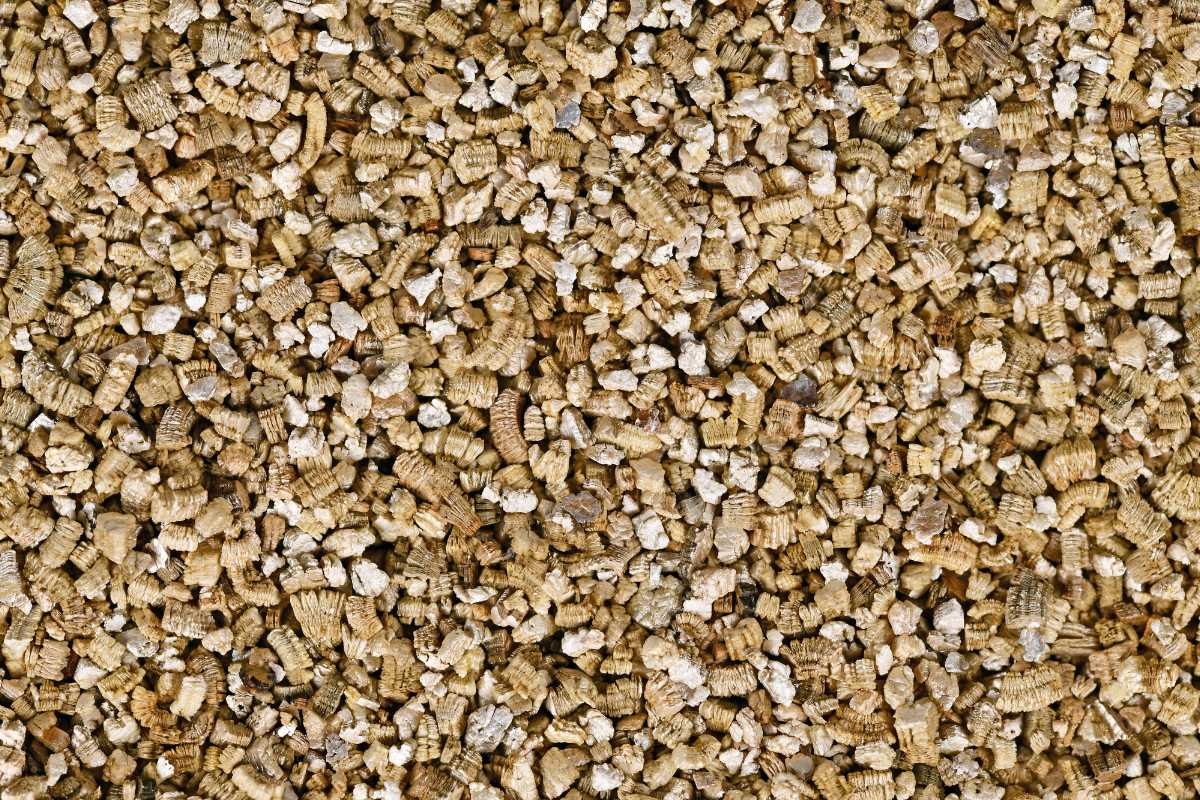
Vermiculite looks like mica, but is actually hydrated aluminium-iron-magnesium silicates. When it’s heated, it’ll expands in the same way as perlite. It increases moisture retention and even better than perlite, so it’s great for water loving plants.
Expanded Clay Aggregate
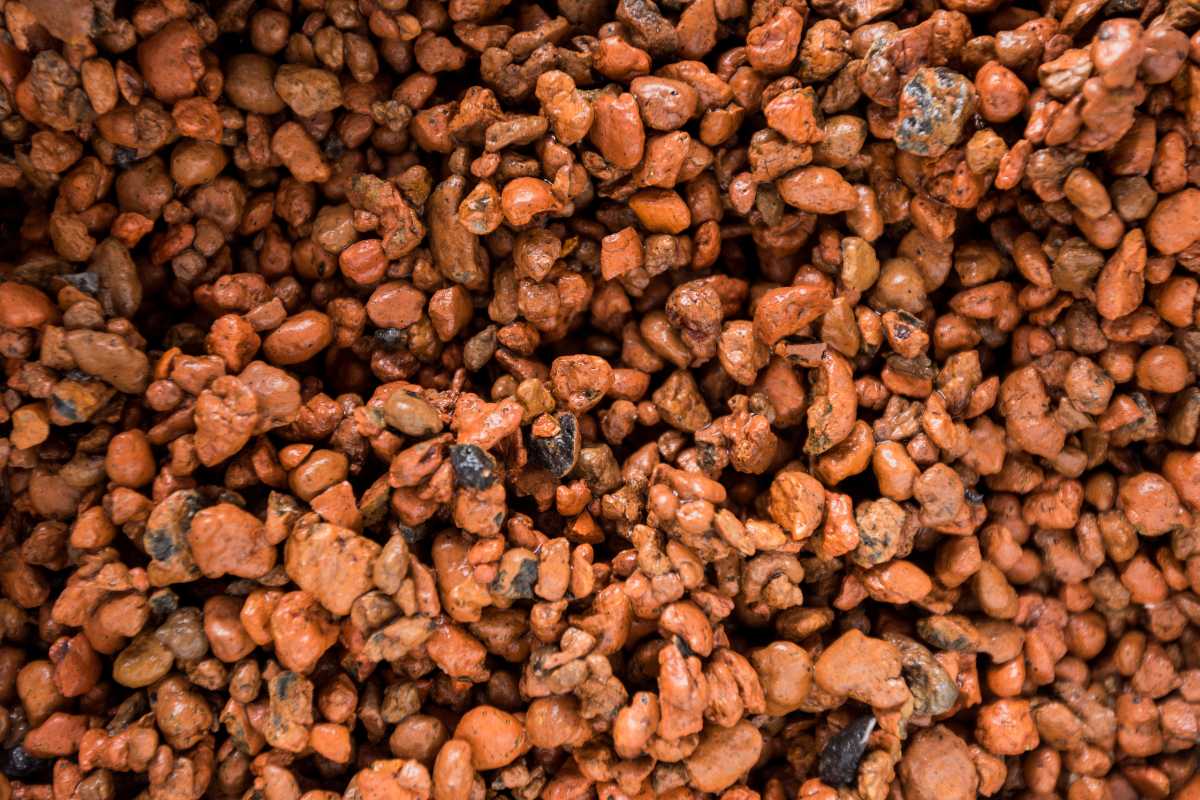
These round clay pellets are made by heating clay to over 2,000 degrees Fahrenheit. As the clay heats up, they fill with bubbles that help with aeration and hydration of soil. They are widely used in hydroponic gardens and aquaponics.
Organic vs Non-Organic Soil
Organic soil is absolutely the best to use outside. It does everything that non-organic soil does, with the added benefit of containing nutrients that are not found in non-organic soil.
Organic potting soil is heavier than non-organic, so may not be suitable if you are planting in containers that you move regularly.
If you like to use hanging baskets, you can use non-organic potting soil for houseplants to make pots lighter.
If you are growing vegetables, herbs, or flowers, then organic soil is definitely better. These plants need a lot of nutrients to thrive. When you’re ready to eat the vegetables and herbs, you’ll be glad that you don’t need to worry about synthetic fertilizers and pesticide residue on your food.
One advantage for the gardener when using non-organic soil is that it can be controlled better than organic soil types. Organic garden soil can contain living organisms and unwanted seeds or bacteria.
Non-organic soil is also preferred in hydroponics and aquaponics, where nutrients are often added using liquid chemical fertilizers in the water.
When deciding which type of soil to use, think about your use. You can always choose to mix combinations of non-organic and organic soil, so you get the benefits of both.
Organic vs Non-Organic Soil FAQs
Is organic soil better than regular soil?
Organic soil contains a lot more organic matter than regular soil. This means it contains a lot more nutrients than regular soil, so organic soil is better for planting than regular soil. Regular soil is best used as a fill or to level ground. You can mix regular soil with organic soil or compost to improve the nutrient content.
Do vegetable gardens need organic soil?
Yes, organic soil is very beneficial to vegetable gardens. Vegetables need a lot of nutrients, water and aeration. Organic soil will provide all three. You can dig organic soil into your vegetable beds before you plant out, and top up by using mulch during the growing season. Vegetables can be grown in non-organic soil, but you must use plant feed regularly to ensure they are getting the nutrients they need. If you have clay soil, you may be tempted to add non-organic soil to break up the clay. This is feasible as clay does contain nutrients, but digging in organic matter is preferable and more effective.
Is Miracle Grow bad?
Miracle-Grow does contain nutrients, like nitrogen, but it comes from synthetic sources. This means that it produces by-products that are bad for your soil condition, as well as for the beneficial microbes and life-forms in the soil. This means that, although your plants will grow well, it is not sustainable and will damage your soil in the long run.
Should you use organic potting soil?
Yes, you should use organic potting soil. It will give your plants nutrients, water retention and aeration. If you are worried about weight, then you can add non-organic soil and mix it with your organic soil to make the overall pot lighter.
Is organic potting soil dangerous?
No, organic potting soil isn’t dangerous on the whole. It can contain pathogens, bugs and seeds, but commercially brought compost is usually heat treated to kill anything in the soil. If you’re making your own compost, there is a chance that you may have some problems. But with basic hygiene practices, you shouldn’t have many. Wash your hands after handling any soil, and use gloves when you can.
What is the best organic potting soil for vegetables?
The absolute best organic potting soil is your own homemade compost. You know exactly what is in it. It’s carbon-neutral and it doesn’t come in any packaging. If you’re unsure, you can get soil testing kits online, so you can test the acidity (pH level) of your compost to make sure it is close to neutral.
How do you prepare organic soil for vegetables?
Vegetables like nutrient rich, loamy soil to grow. Dig well rotted compost and/or organic soil into your vegetable patch after your harvest to prepare the ground soil for the following spring.


